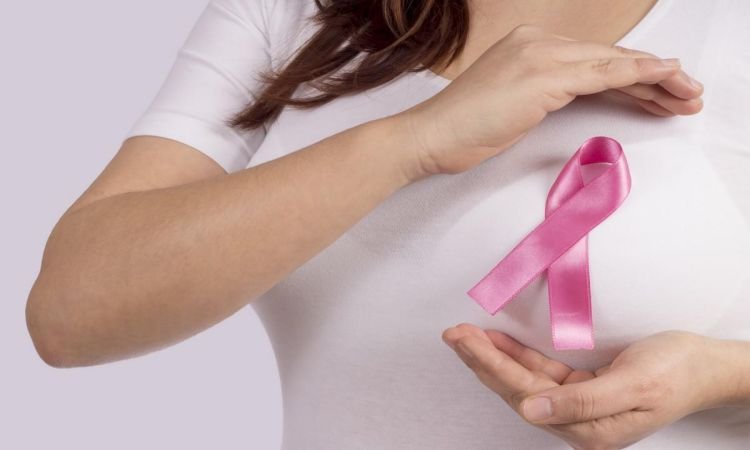 About 1 in 8 U.S. women will develop invasive breast cancer in their lifetime. Early detection plays a significant role in breast cancer treatment success. This is why it is critical to regularly self-check for breast cancer.
About 1 in 8 U.S. women will develop invasive breast cancer in their lifetime. Early detection plays a significant role in breast cancer treatment success. This is why it is critical to regularly self-check for breast cancer.
This simple and quick home exam could be a lifesaver. It’s time to implement it into your routine! If you’re unsure of how to self-check for breast cancer, read on to find out.
Why Is Early Detection Important?
Early detection of any type of cancer is vitally important to the success of treatment and survival rate. In the early stages, cancer is typically not too large and hasn’t had time to spread.
Nearly all of the women who are diagnosed with breast cancer in the first stage survive for at least five years. A breast cancer self-check allows you to keep in tune with your body and detect any changes quickly.
Breast Cancer Self-Check Guide
Conducting a Breast Self-Exam (BSE) is simple and everyone can adopt this practice. In just a few minutes, you can have peace of mind about your breast health.
Step 1: Mirror Check
While looking into a mirror, place your arms on your hips and keep your shoulds straight. During this visual examination of your breasts, you should look for:
- Changes in shape, color, or size
- Changes in nipple position or an inverted nipple
- Uneven shape, swelling, or distortion
- The skin dimpling, building or puckering.
- Rash, redness, or soreness
If you notice any of these, contact your doctor.
Step 2: Raised Arms
Now, raise your hands above your head and hold your hands together. Look for the same adjustments that were mentioned in the first phase.
Step 3: Fluid Check
Examine your nipples for any fluid that may be leaking from one or both of them. The fluid may appear yellow, watery, milky, or bloody. This is one of the breast cancer self-check tips that often go unspoken but are equally important.
Step 4: Laying Down
Lay down somewhere comfortable and feel each breast with your hand. Using your left hand for your right breast (and vice versa), use a firm and gentle touch with a few of your finger pads. Maintaining a flat and joined set of fingers move across the breast in a circular movement about the size of a quarter.
Do this all over your breasts including the collarbone, armpit, and cleavage. Be sure to use different amounts of pressure to feel the tissues that are deeper within the breast.
Step 5: Standing
Repeat the process of step four but in a standing position. Self-checking for breast cancer is commonly advised to be done in the shower. because it is easier to move around when the breast is wet.
What to Do if You Find a Lump
Don’t panic. There are many reasons that a breast can feel lumpy other than cancer such as fibrocystic breast disease. A much more common issue in which that you can dissolve cysts in breast naturally instead of worrying about radiation or other methods.
Other possibilities include benign breast conditions, hormonal changes, and injury. Regardless, be sure to contact your doctor to get to the root cause if you notice changes or find a lump.
Become a Pro on How to Self-Check for Breast Cancer
Every woman should know how to self-check for breast cancer. While it won’t be able to detect all instances of breast cancer, it can be a huge asset in combination with other screenings. Be sure to add it to your routine.
Did you find this article helpful? Check out our other health-related content!




